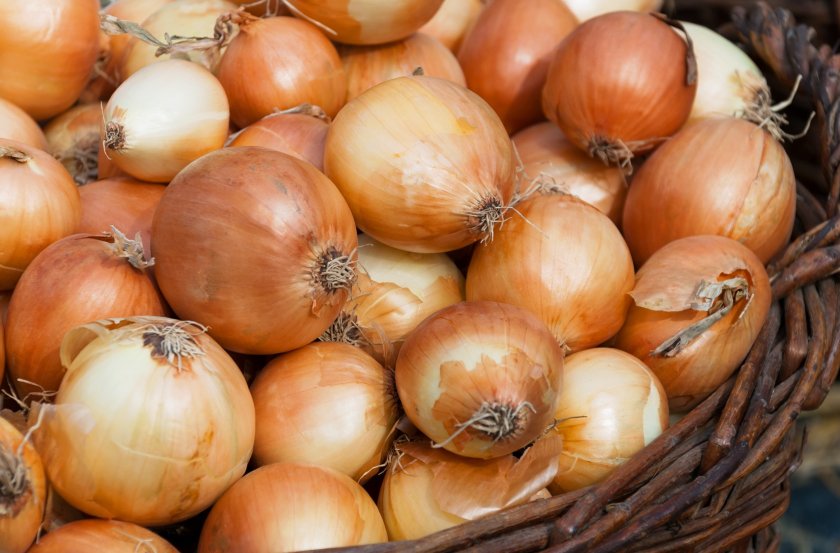
Researchers are working to safeguard one of the world's most crucial crops – the humble onion - from fusarium basal rot (FBR), a destructive disease.
Experts are working on a new project, run by the British Onions Producer Agency (BOPA), aimed at saving the UK onion crop and revolutionising FBR detection.
FBR is among the most destructive onion diseases worldwide, causing yield losses of over 50 percent.
Bulb onions, a staple of the UK's agricultural landscape, have long been a cornerstone of the nation's farming industry.
However, the emergence of FBR has cast a shadow over the future of onion cultivation, with devastating losses driving growers out of business.
Against the backdrop of climate change exacerbating the issue, researchers at Warwick University say urgent action is imperative to protect this vital crop.
In response to this pressing challenge, researchers are harnessing cutting-edge technology to develop a novel approach to FBR detection.
The team is pioneering innovative detection techniques that involve both developing a DNA-based soil test to identify fields with high risk of disease and leveraging the distinctive scent of onions, that utilise scent-based indicators to identify when onions are infected.
The 'ground-breaking' methodology promises to revolutionise the way FBR is detected and controlled, offering a ray of hope to onion growers across the UK.
The project, spearheaded by the BOPA in collaboration with experts spanning remote sensing, agronomy, and biology, has received funding support from Defra's Farming Innovation Programme.
With a multifaceted approach encompassing advanced sensing technologies and biological insights, researchers say the initiative holds the potential to transform the landscape of onion farming, ensuring its sustainability for generations to come.
Professor John Clarkson, plant pathologist said: "My team at the Warwick Crop Centre will develop new DNA-based molecular diagnostic approaches to detect the pathogen in soil so that growers can use this test to avoid planting onions in highly infested fields.
"The test may also help to assess the risk of onions developing basal rot in storage”.
